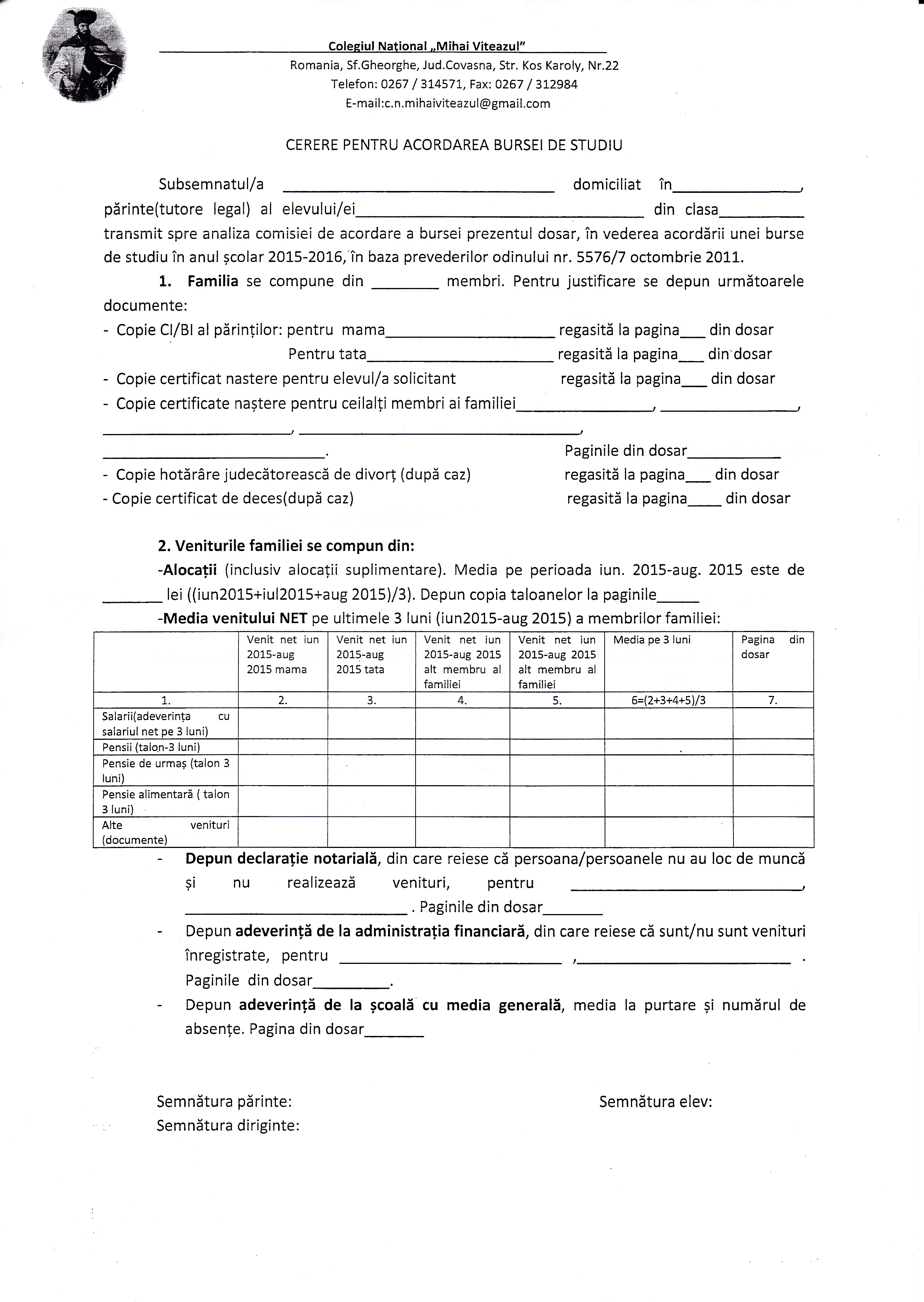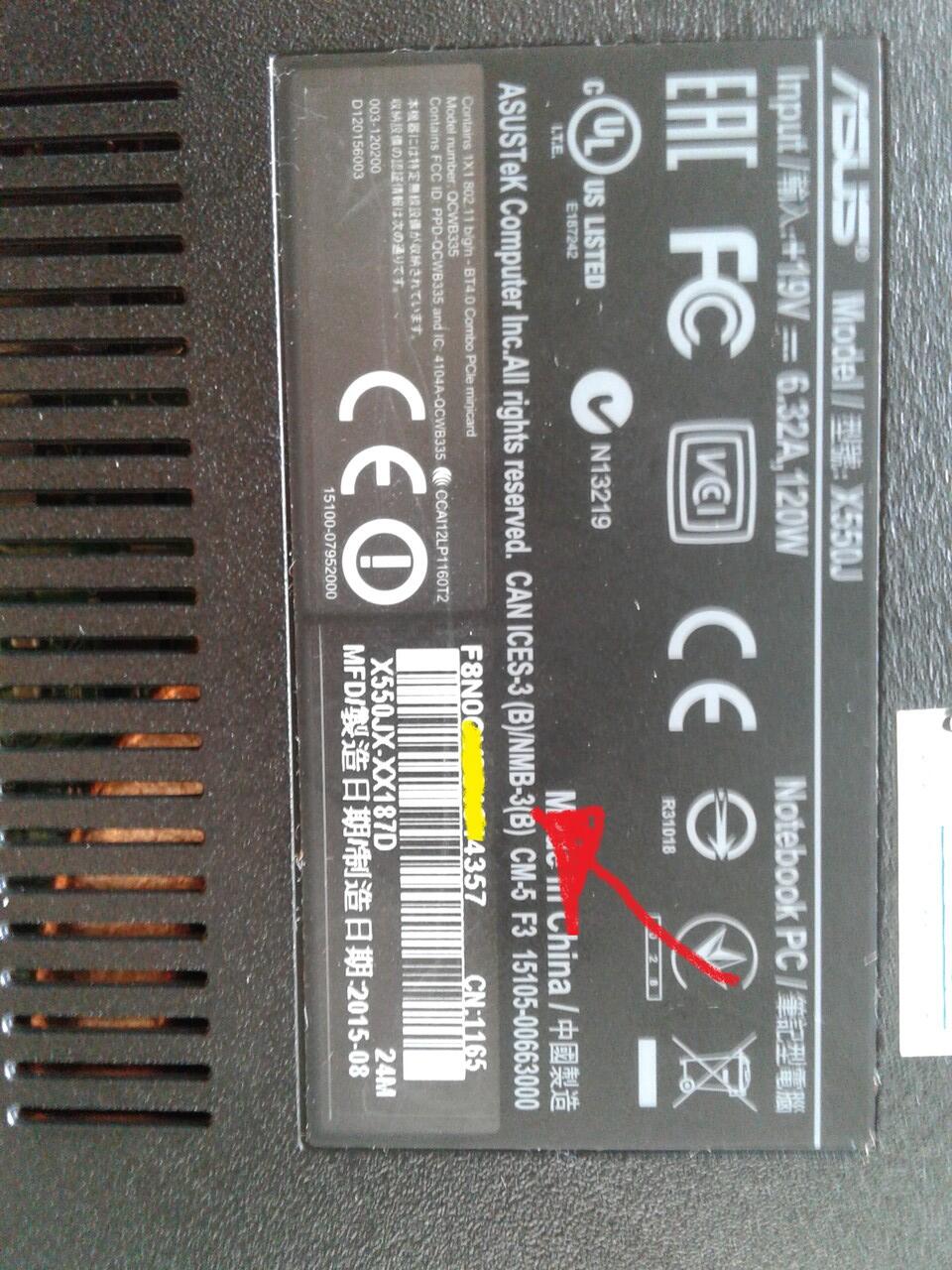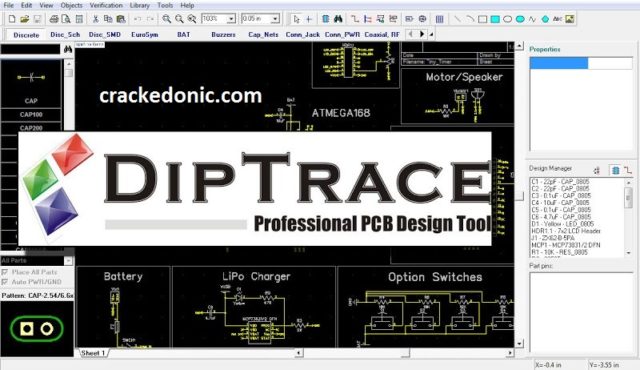

The higher the dip, the closer the radial line in the f – k domain is to the wavenumber axis. For a given dip, all frequency components map onto the f – k plane along a straight line that passes through the origin. The composite sections are shown in Figure 1.2-7 with the composite amplitude spectra below each section. Suppose that sections with the same dip, but with different frequencies, are superimposed. In this respect, the physical meaning of the 2-D Fourier transform is important, for it is an analysis (decomposition) of a wavefield into its plane-wave components.įigure 1.2-6 The same as Figure 1.2-1, except using 72-Hz monofrequency events.Ī recorded wavefield is a composite of many dip and frequency components, such as those shown in Figures 1.2-1 through 1.2-6. Since a seismic wave-field is a superposition of many dips and frequencies, it is equivalent to the synthesis of many plane-wave components. The wavefront is defined as the line of constant phase, while the direction of propagation is perpendicular to the wavefront. These zero-offset sections can be considered representations of plane waves that propagate at a unique angle from the vertical and carry a monochromatic signal. Each section has an associated unique frequency and wavenumber assigned to it. From Figures 1.2-1 through 1.2-6, note that each section as a whole was mapped onto a single point in the frequency-wavenumber domain. This same analysis can be used for the negative-dip components. Moreover, the 15-ms/trace dip component is spatially aliased twice it folds back to the positive-dip quadrant and appears at a lower dip. Finally, at 72 Hz (Figure 1.2-6), the 6-ms/trace dip component is on the verge of spatial aliasing. One obvious example of this is mapping a 15-ms/trace dip at 60 Hz (Figure 1.2-5). Spatial aliasing not only causes mapping to the wrong quadrant, but also causes mapping with the wrong dip.

In the next set of sections in Figure 1.2-5, spatial aliasing occurs at 60 Hz for a 9-ms/trace dip.

In fact, any dip greater than 12 ms/trace is spatially aliased at this frequency. This dip component (12 ms/trace) at this frequency (48 Hz) is spatially aliased. Therefore, it is mapped onto the negative quadrant, which is the wrong quadrant for this section. However, the fifth section, which corresponds to the 12-ms/trace positive dip, shows a negative dip. In fact, as a whole, the section displays a checkerboard character making it difficult to determine whether the dip is positive or negative.Īt 48 Hz (Figure 1.2-4), the correct dip direction is observed in the first four sections. Nothing unusual happens until the section with 15-ms/trace dip at 36 Hz is reached in Figure 1.2-3. Map each individual section to the f – k plane. From Figures 1.2-1 through 1.2-6, consider the same dip components, but at different frequencies.


 0 kommentar(er)
0 kommentar(er)
